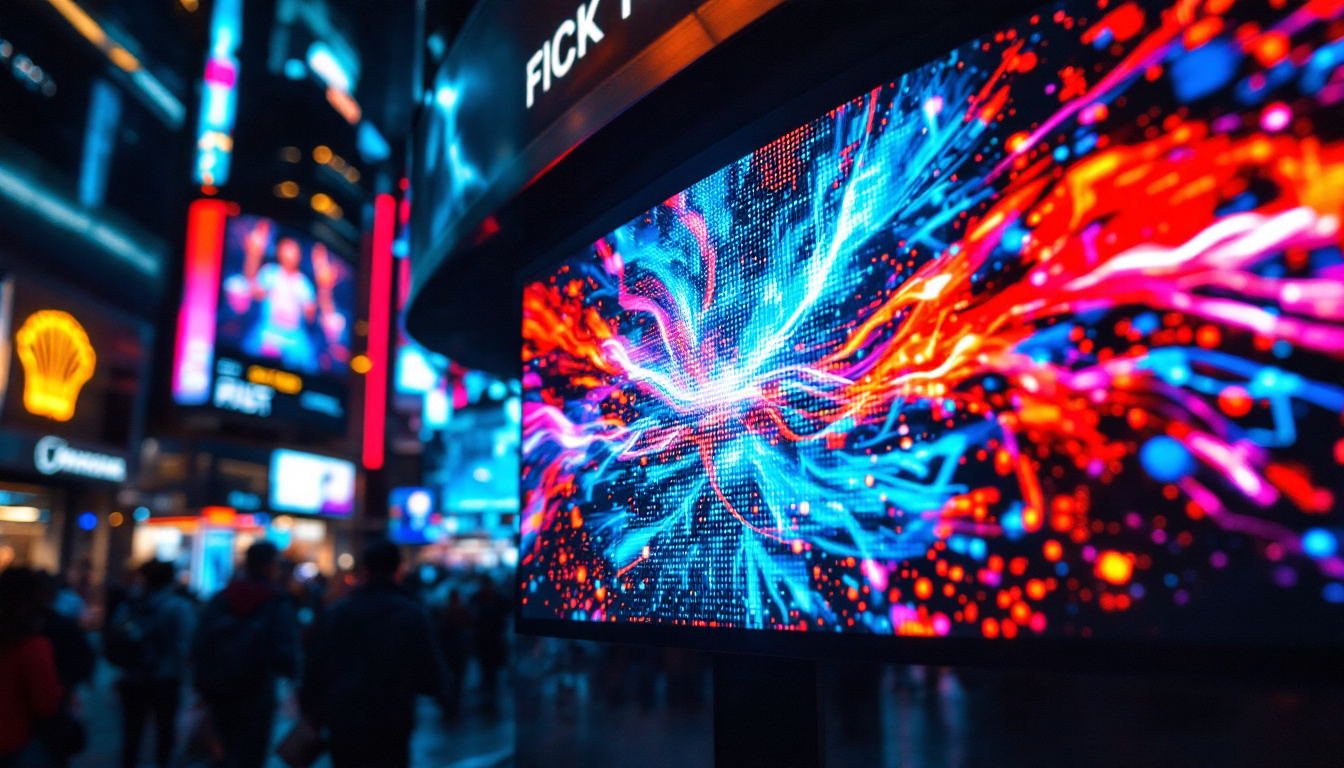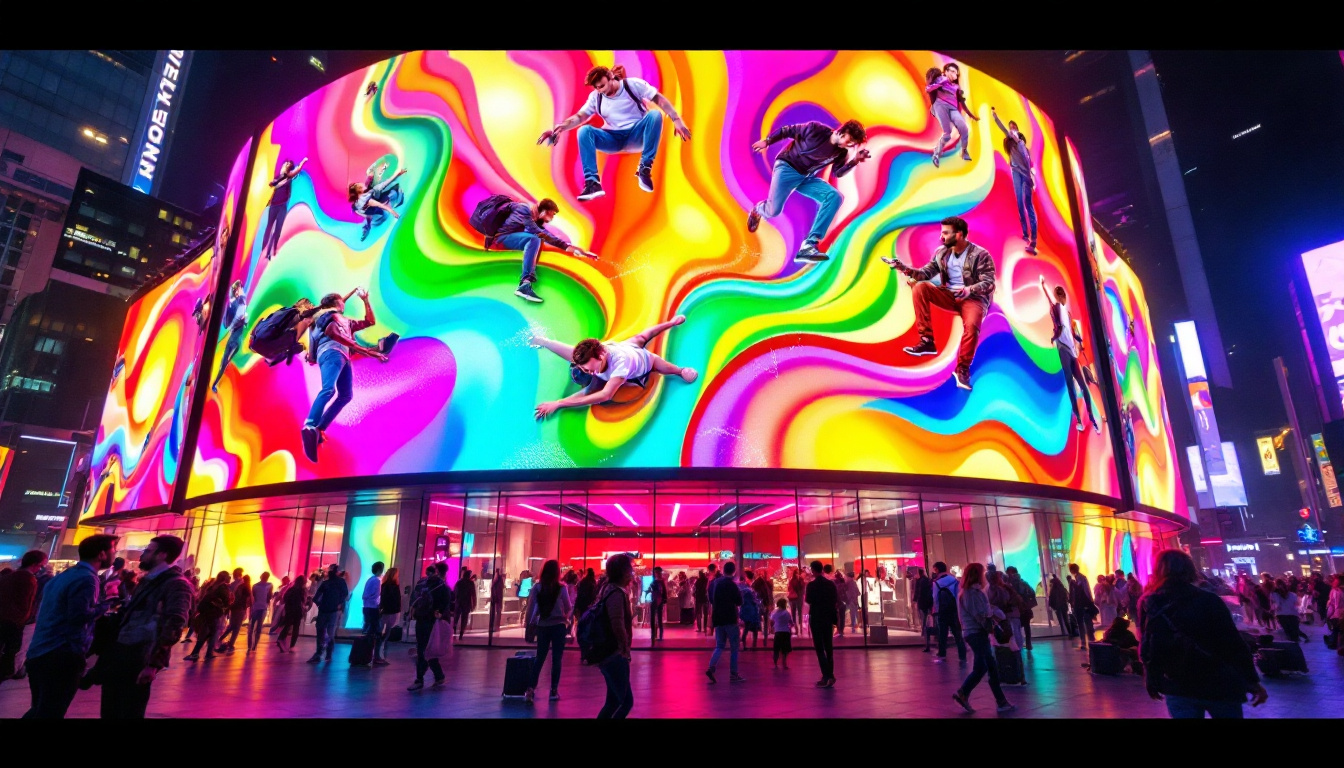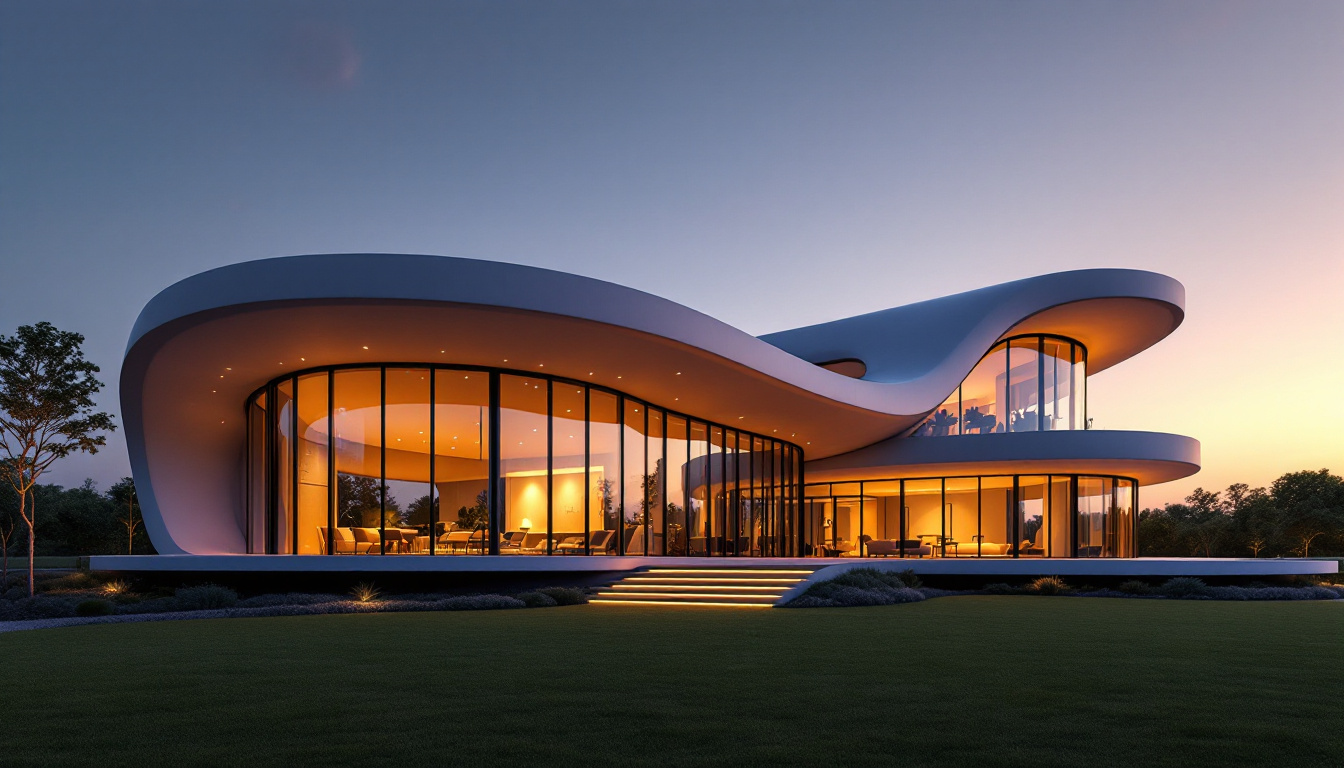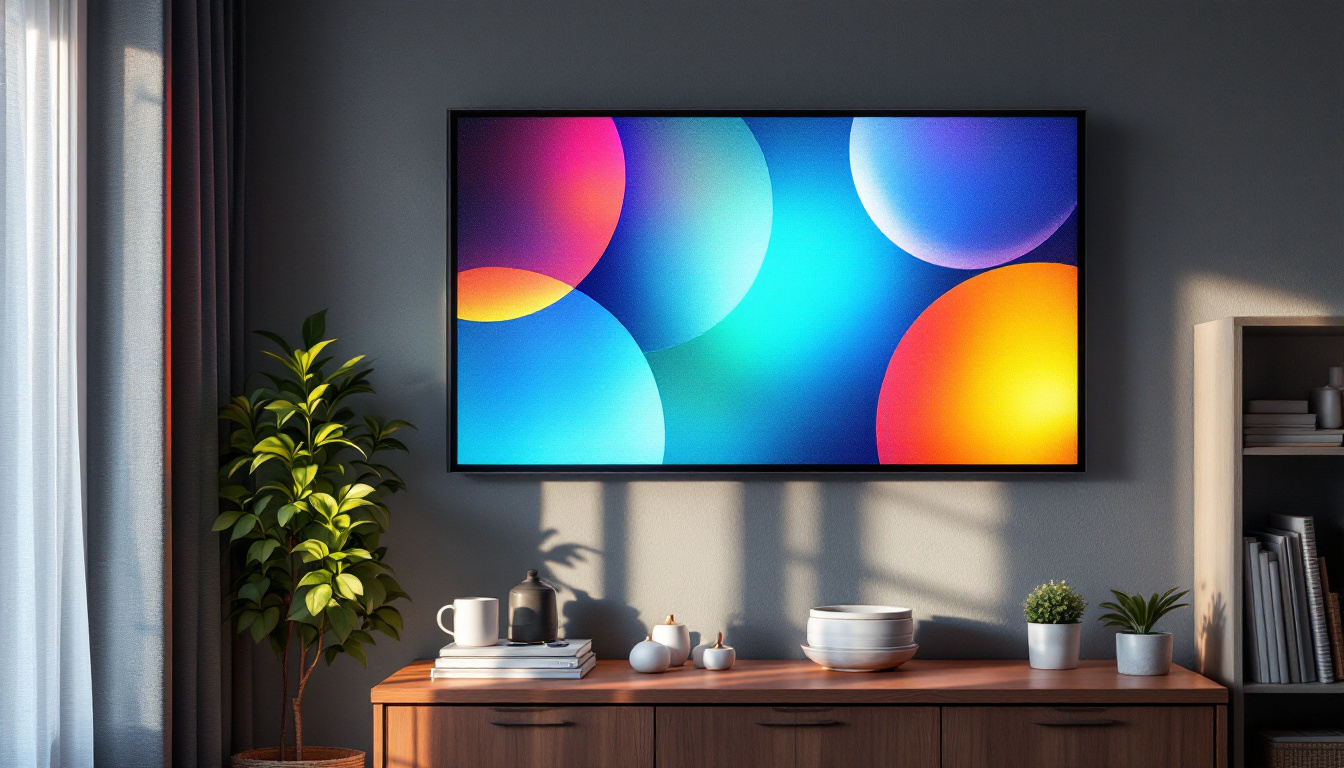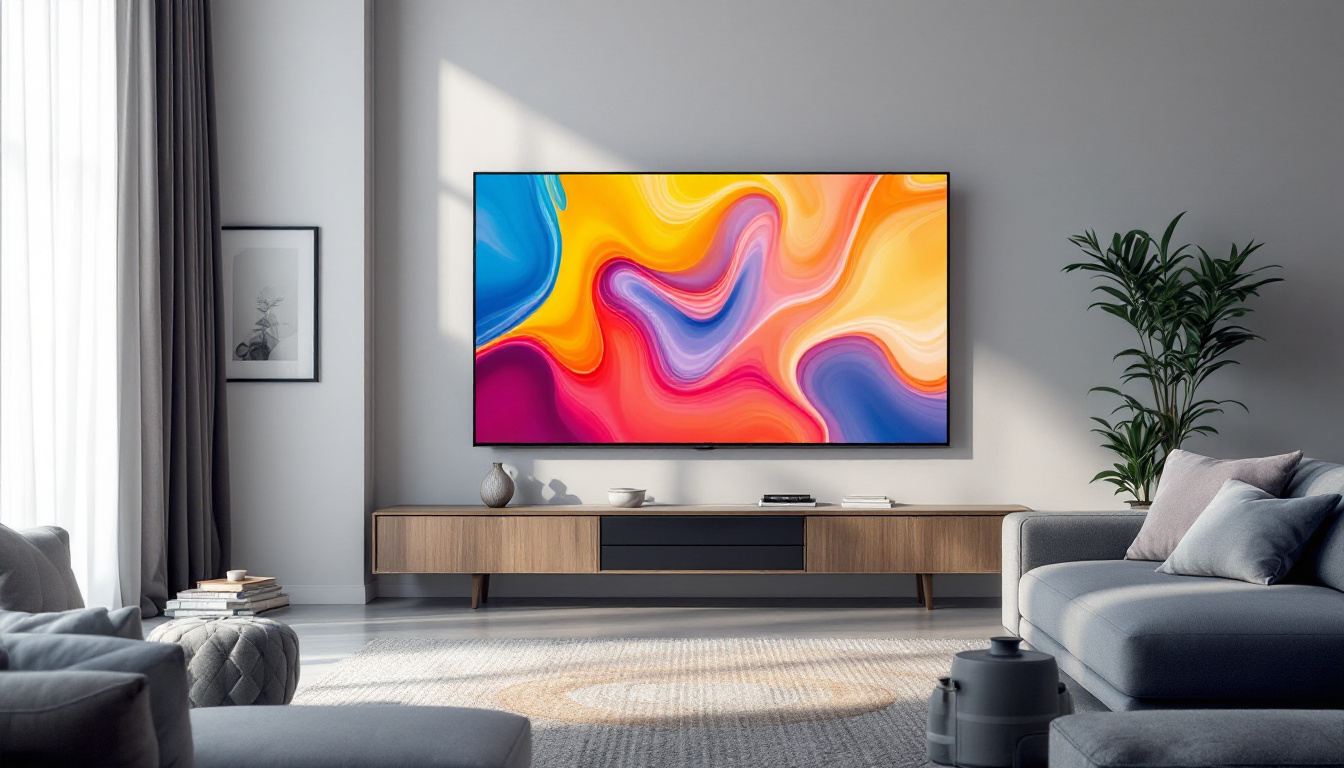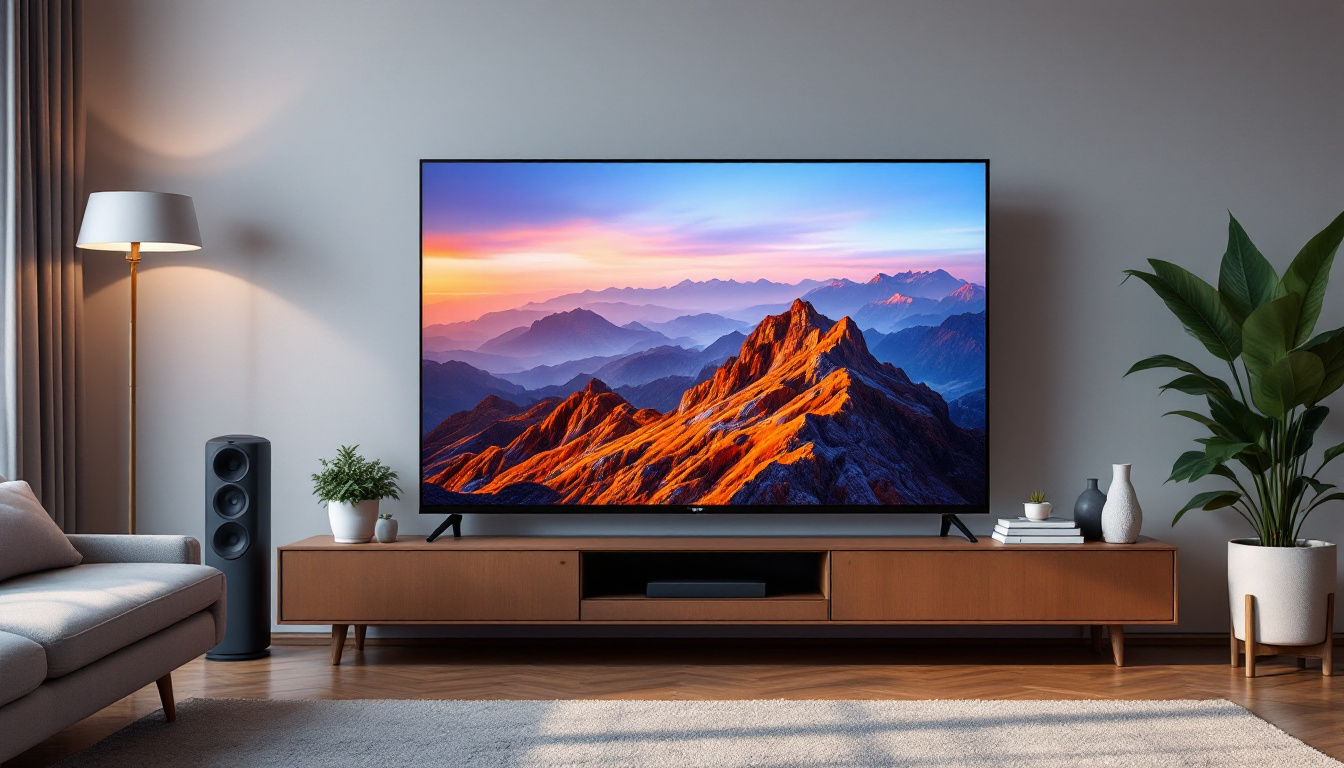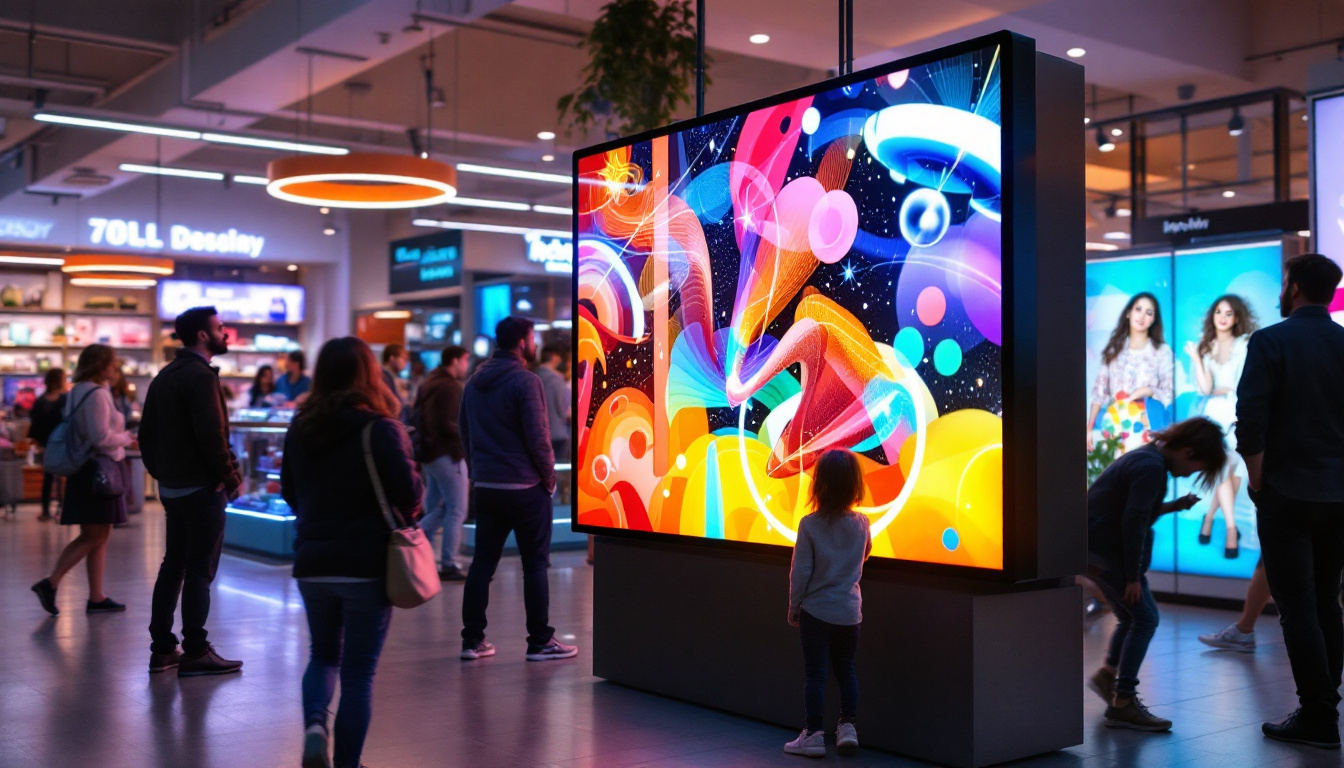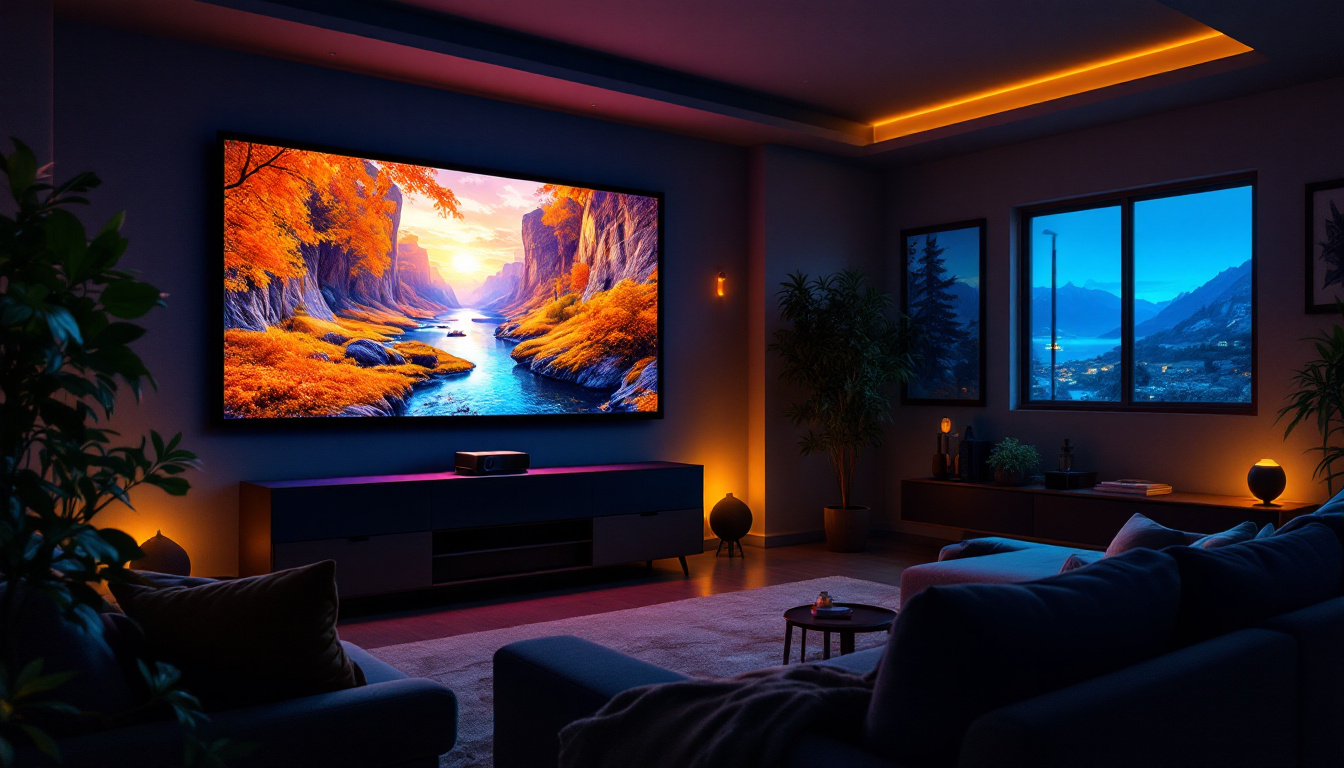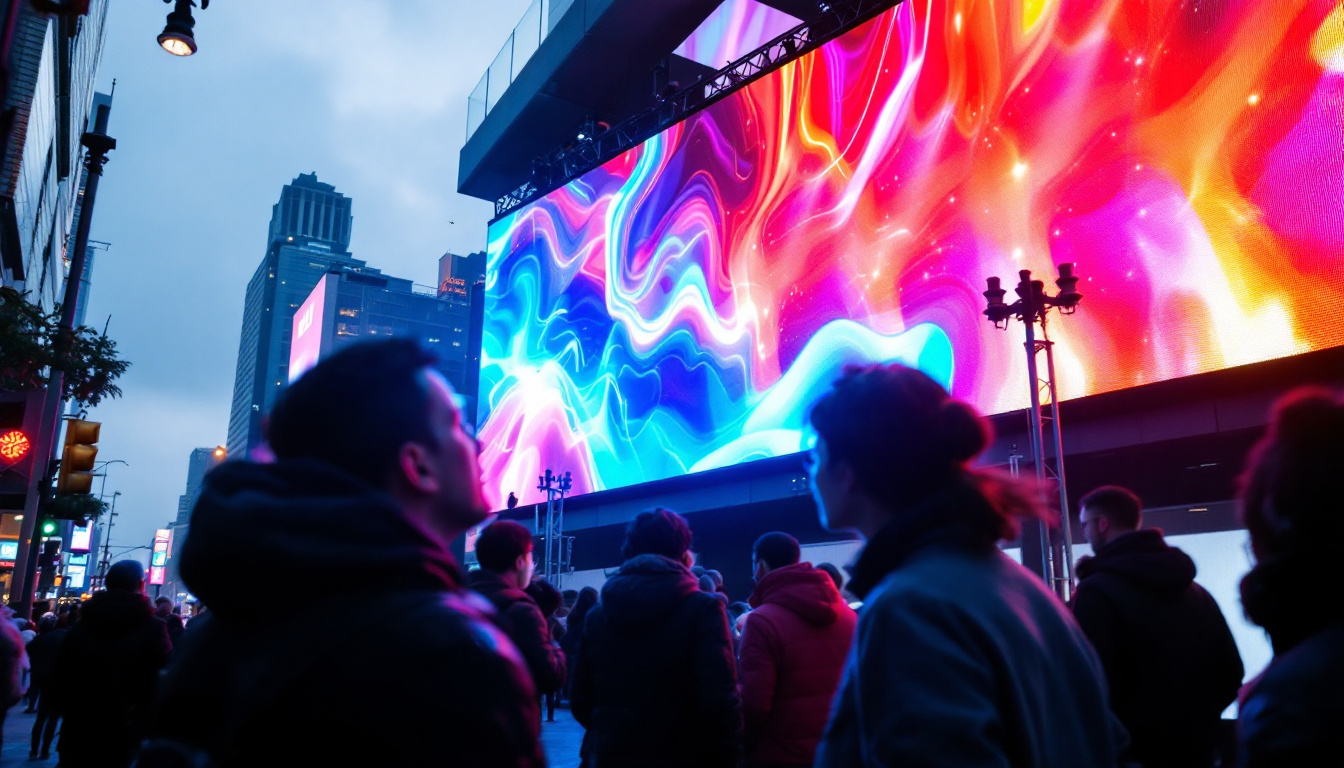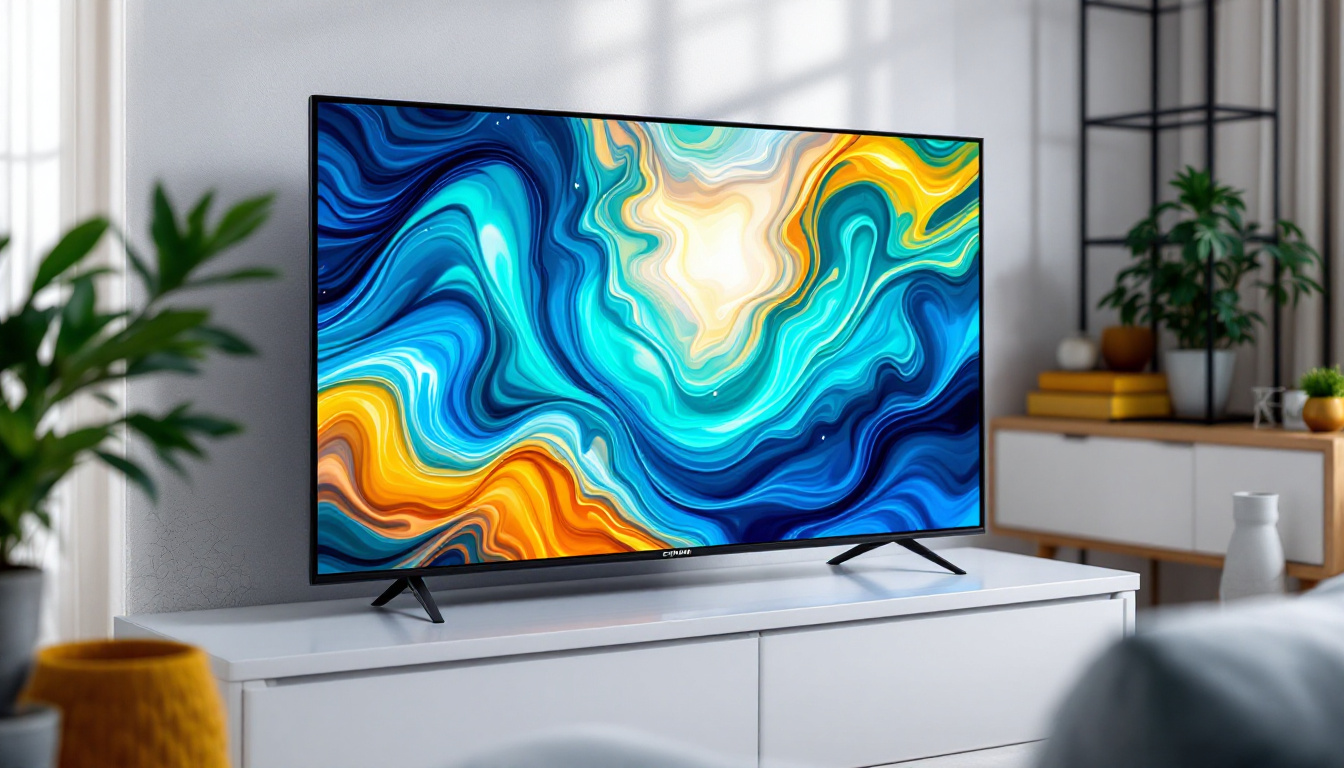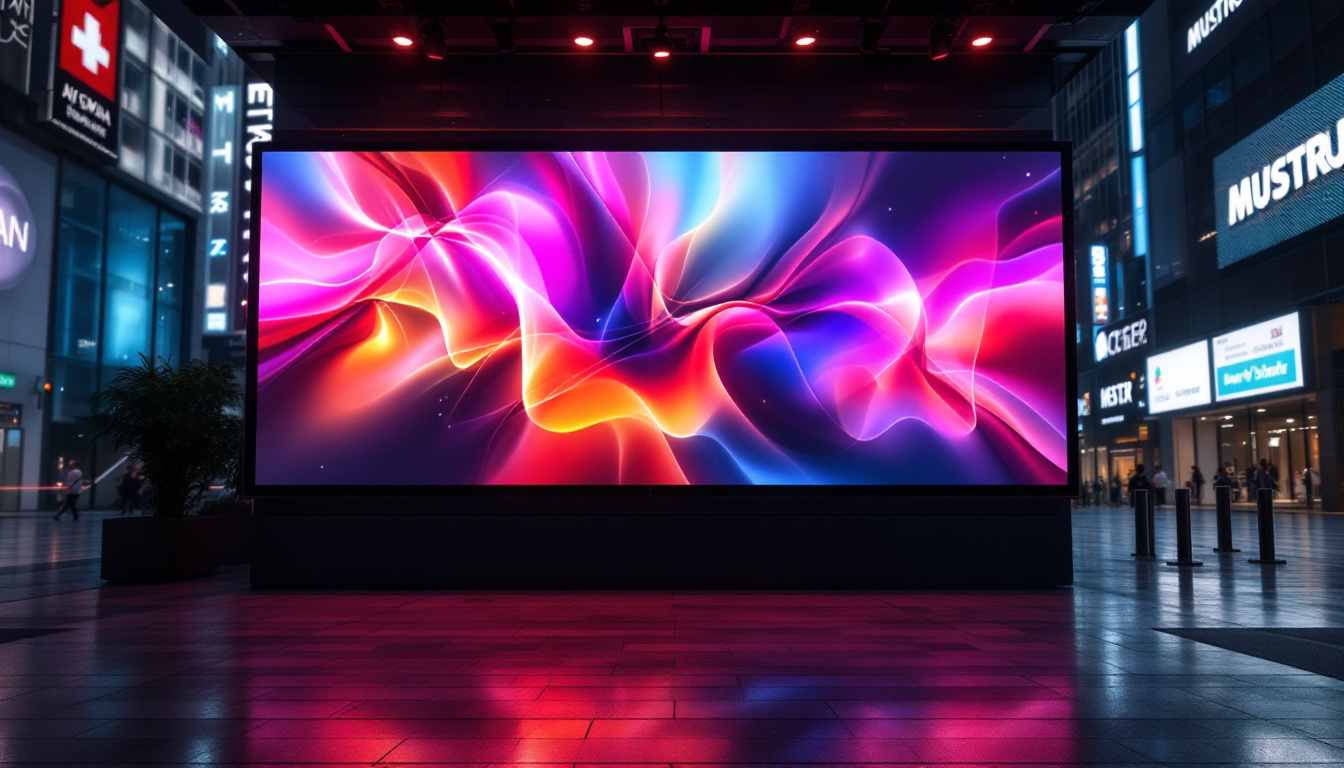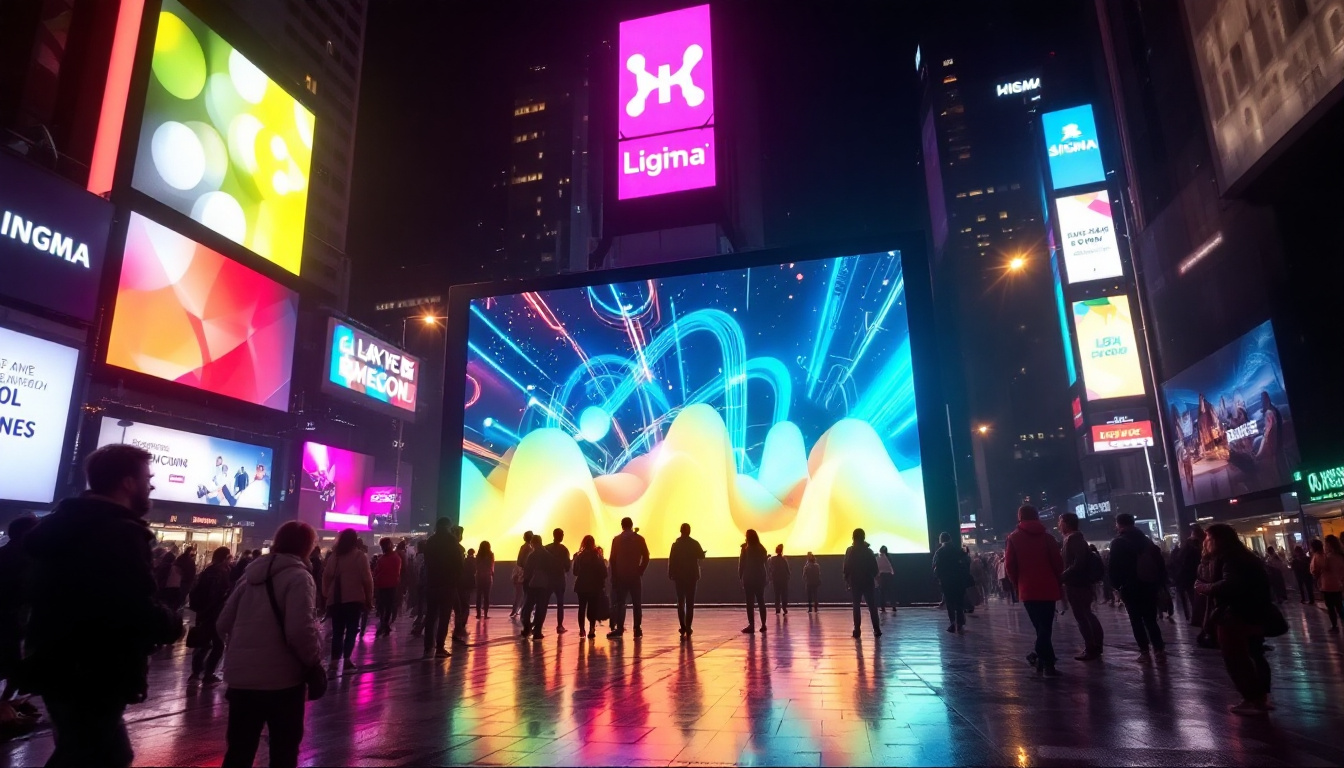In the realm of modern display technology, the terms “LED” and “plasma” often create confusion among consumers and professionals alike. While both technologies serve the purpose of visual display, they operate on fundamentally different principles. This article aims to clarify the distinctions between LED and plasma displays, delve into the intricacies of LED technology, and explore its applications and advantages in various settings.
Understanding Display Technologies
What is LED Technology?
LED, or Light Emitting Diode, technology utilizes semiconductor materials to emit light when an electric current passes through them. This technology has revolutionized the way screens display images, offering brighter, more energy-efficient options compared to traditional display methods. LED displays can be found in various forms, including backlit LCDs and OLEDs, each with unique characteristics and applications.
In LED-backlit LCDs, the LED lights serve as a source of illumination for the liquid crystal display. This combination allows for thinner screens and improved energy efficiency. On the other hand, OLED (Organic Light Emitting Diode) displays utilize organic compounds that emit light, enabling deeper blacks and more vibrant colors since each pixel can be turned on or off independently. The flexibility of OLED technology also allows for innovative designs, such as curved screens and even foldable displays, which have opened up new possibilities for consumer electronics and digital signage.
Moreover, the advancements in LED technology have led to the development of MicroLED displays, which promise even greater efficiency and performance. MicroLEDs consist of microscopic LEDs that can create their own light, similar to OLEDs, but without the drawbacks of organic materials. This results in displays that can achieve higher brightness levels, longer lifespans, and better energy efficiency, making them an exciting prospect for the future of display technology.
What is Plasma Technology?
Plasma displays operate on a different principle. They consist of small cells filled with a mixture of noble gases, which, when ionized by an electric current, produce ultraviolet light. This light then excites phosphor coatings on the inside of the cells, resulting in visible light. Plasma displays are known for their excellent color accuracy and wide viewing angles, making them a popular choice for large-screen applications.
However, plasma technology is less energy-efficient than LED and can suffer from issues like screen burn-in, where static images can leave a permanent mark on the display. As a result, plasma screens have seen a decline in popularity with the rise of LED technology. Despite these drawbacks, plasma displays are still appreciated for their superior motion handling and contrast ratios, which make them ideal for watching fast-paced sports or action movies. Enthusiasts often argue that the immersive experience provided by plasma technology, particularly in dark viewing environments, remains unmatched by newer technologies.
In addition, the manufacturing process for plasma displays allows for larger screen sizes without compromising image quality, which is why they were once the go-to choice for home theater setups. While the market for plasma technology has diminished, its legacy continues to influence the design and performance of modern displays, as manufacturers strive to capture the essence of plasma’s vibrant imagery in newer technologies.
Key Differences Between LED and Plasma Displays
Brightness and Color Performance
One of the most significant differences between LED and plasma displays is their brightness levels. LED displays can achieve higher brightness levels, making them suitable for well-lit environments. This characteristic is particularly advantageous in commercial settings, such as retail stores and advertising displays, where visibility is crucial.
In contrast, plasma displays tend to perform better in darker environments. They excel in color accuracy and depth, providing a more immersive viewing experience, especially for movies and video games. However, their performance can diminish in bright settings, where reflections and glare may impact visibility. The rich blacks and vibrant colors that plasma displays offer can create stunning visuals, making them a favorite among cinephiles and gamers who prioritize picture quality over other factors.
Energy Efficiency and Lifespan
Energy efficiency is another critical factor in the comparison between LED and plasma displays. LED technology is generally more energy-efficient, consuming less power while delivering superior brightness. This efficiency not only translates to lower electricity bills but also contributes to a reduced carbon footprint. As energy costs continue to rise, the savings associated with LED displays can be significant over time, making them an economically sensible choice for both consumers and businesses.
When it comes to lifespan, LED displays typically outlast plasma screens. While a high-quality plasma display may last around 30,000 hours, LED displays can exceed 50,000 hours, making them a more durable choice for long-term use. The longevity of LED technology means less frequent replacements, which can be particularly beneficial in settings where displays are used continuously, such as in airports or public transport hubs where information needs to be conveyed reliably and consistently.
Screen Size and Form Factor
Screen size and form factor also play a role in the choice between LED and plasma displays. Plasma technology has historically been favored for larger screens, with many models exceeding 60 inches. However, advancements in LED technology have led to the development of large-format displays that rival plasma in size. This evolution has opened up new possibilities for both home theaters and commercial applications, allowing for larger-than-life viewing experiences without sacrificing quality.
Moreover, LED displays can be manufactured in a variety of shapes and sizes, including ultra-thin models that are ideal for wall mounting. This versatility allows for creative installations in both residential and commercial spaces, catering to diverse design preferences. The ability to create seamless video walls using multiple LED panels has also become increasingly popular, enabling businesses to create captivating displays that draw in customers and enhance brand visibility. As technology continues to evolve, the options available for both LED and plasma displays are likely to expand, offering even more choices for consumers and professionals alike.
The Advantages of LED Displays
Versatility in Applications
LED displays are incredibly versatile, finding applications in various sectors, including education, entertainment, advertising, and more. In educational settings, LED screens can enhance learning experiences through interactive displays and presentations. In the entertainment industry, LED technology is employed in concert venues and theaters to create dynamic visual effects.
In advertising, LED billboards and signage have become ubiquitous, allowing businesses to capture attention with vibrant colors and moving images. The ability to update content remotely adds to the appeal, making LED displays a powerful tool for marketing and communication.
Improved Viewing Experience
The viewing experience is significantly enhanced with LED displays. With features such as high dynamic range (HDR) and wide color gamut (WCG), LED screens can produce stunning visuals that engage viewers. HDR technology allows for a broader range of colors and contrasts, resulting in more lifelike images.
Additionally, advancements in LED technology have led to the development of curved and ultra-high-definition (UHD) displays, further elevating the viewing experience. These innovations cater to the demands of consumers seeking immersive and visually striking content.
Environmental Considerations
As sustainability becomes increasingly important, LED displays stand out for their eco-friendly attributes. Their energy efficiency translates to lower carbon emissions, and many LED products are designed with recyclable materials. This commitment to sustainability aligns with the growing consumer demand for environmentally responsible products.
Furthermore, the longer lifespan of LED displays reduces electronic waste, contributing to a more sustainable approach to technology consumption. As manufacturers continue to innovate, the environmental impact of display technology will likely decrease, making LED an even more attractive option.
Challenges and Considerations
Cost Implications
While LED displays offer numerous advantages, the initial cost can be a barrier for some consumers and businesses. High-quality LED screens, especially those with advanced features like 4K resolution and HDR, can carry a premium price tag. However, it is essential to consider the long-term savings in energy costs and lifespan when evaluating the overall value.
For businesses, investing in LED technology may yield a higher return on investment through increased customer engagement and reduced operational costs. As technology continues to advance, prices are expected to decrease, making LED displays more accessible to a broader audience.
Potential Limitations
Despite their many benefits, LED displays do have limitations. For instance, while OLED technology offers superior contrast and color accuracy, it is generally more expensive than traditional LED displays. Additionally, the risk of image retention in OLED screens can be a concern for users who display static images for extended periods.
Moreover, while LED displays excel in bright environments, they may struggle in terms of viewing angles compared to plasma displays. This limitation can affect the experience in settings where viewers are not positioned directly in front of the screen.
Future Trends in Display Technology
The future of display technology is promising, with ongoing research and development aimed at enhancing performance and user experience. Innovations such as microLED and miniLED technologies are emerging, offering even greater brightness, color accuracy, and energy efficiency.
MicroLED technology, in particular, has the potential to combine the best aspects of both LED and OLED, providing high brightness levels and deep blacks without the drawbacks of burn-in. As these technologies mature, they may redefine the landscape of display options available to consumers and businesses alike.
Conclusion
In summary, understanding the differences between LED and plasma display technologies is crucial for making informed decisions when selecting a display for various applications. LED displays offer numerous advantages, including energy efficiency, versatility, and improved viewing experiences, making them a popular choice in today’s market.
While plasma displays have their merits, particularly in color accuracy and wide viewing angles, the declining popularity of this technology suggests a shift towards LED solutions. As advancements continue to reshape the landscape of display technology, consumers can expect even more innovative options that cater to their needs.
Ultimately, whether for personal use or commercial applications, LED displays represent a forward-thinking choice that aligns with modern demands for quality, efficiency, and sustainability.
Discover LumenMatrix’s Advanced LED Display Solutions
Ready to experience the future of display technology? LumenMatrix is at the forefront of LED innovation, offering a wide range of cutting-edge LED display modules tailored to your needs. From vibrant Indoor and Outdoor LED Wall Displays to dynamic Vehicle and Sports LED Displays, our solutions are designed to captivate and engage. Explore our versatile LED Poster Displays, immersive Floor LED Displays, and the sleek All-in-One LED Display options. With LumenMatrix, transform your visual communication and make a lasting impression. Check out LumenMatrix LED Display Solutions today and see your brand shine like never before.



